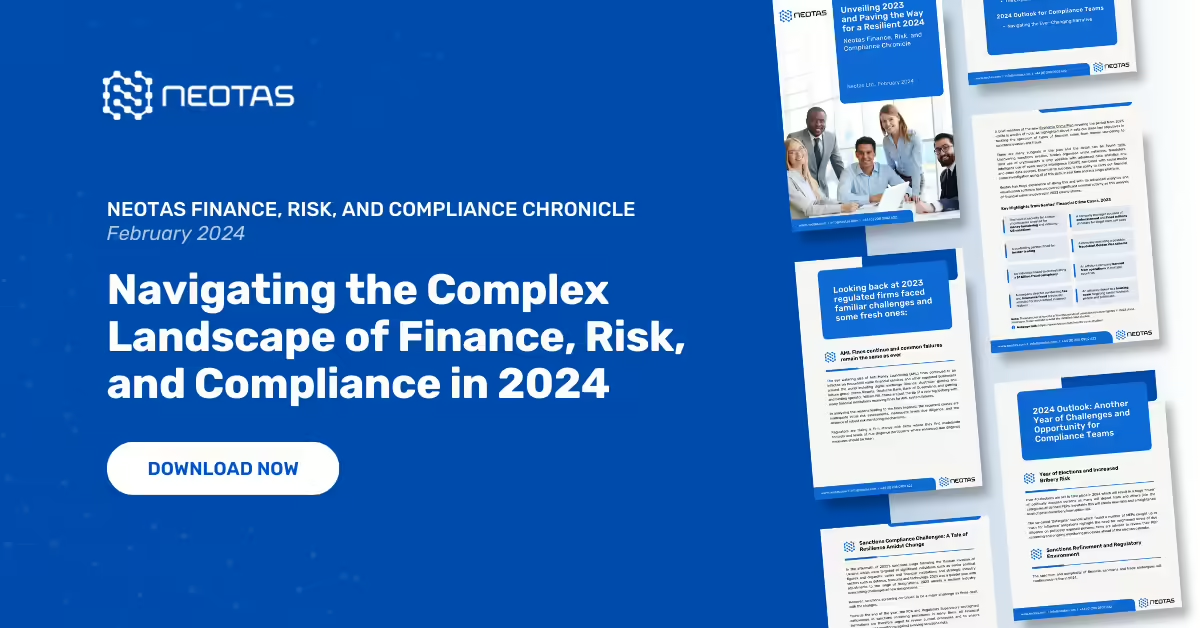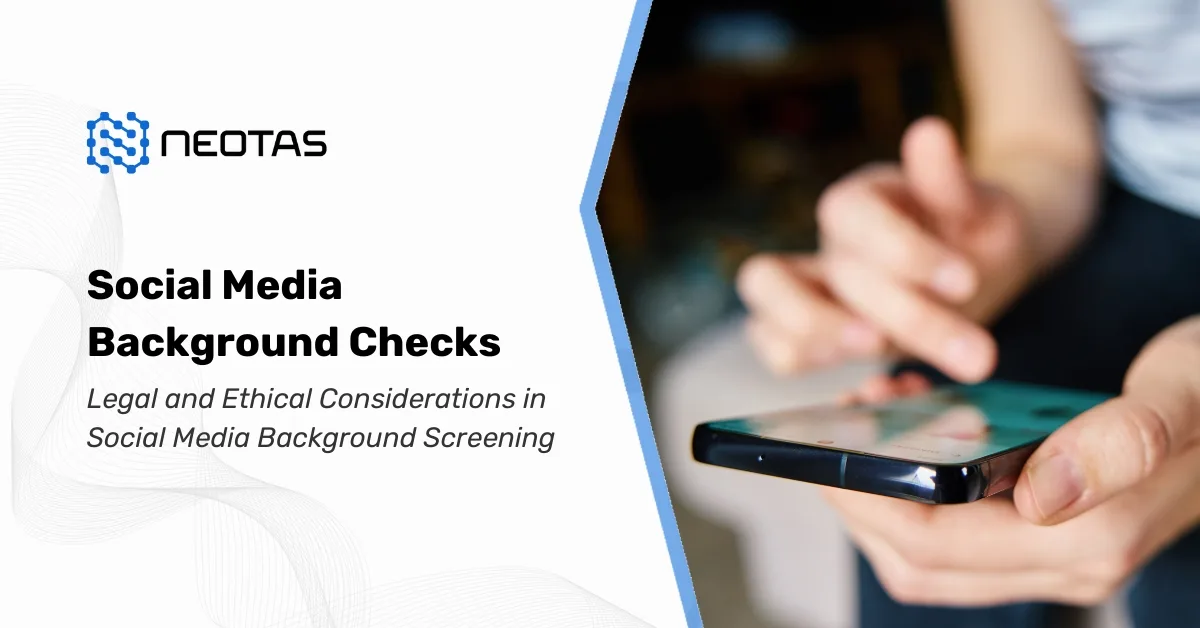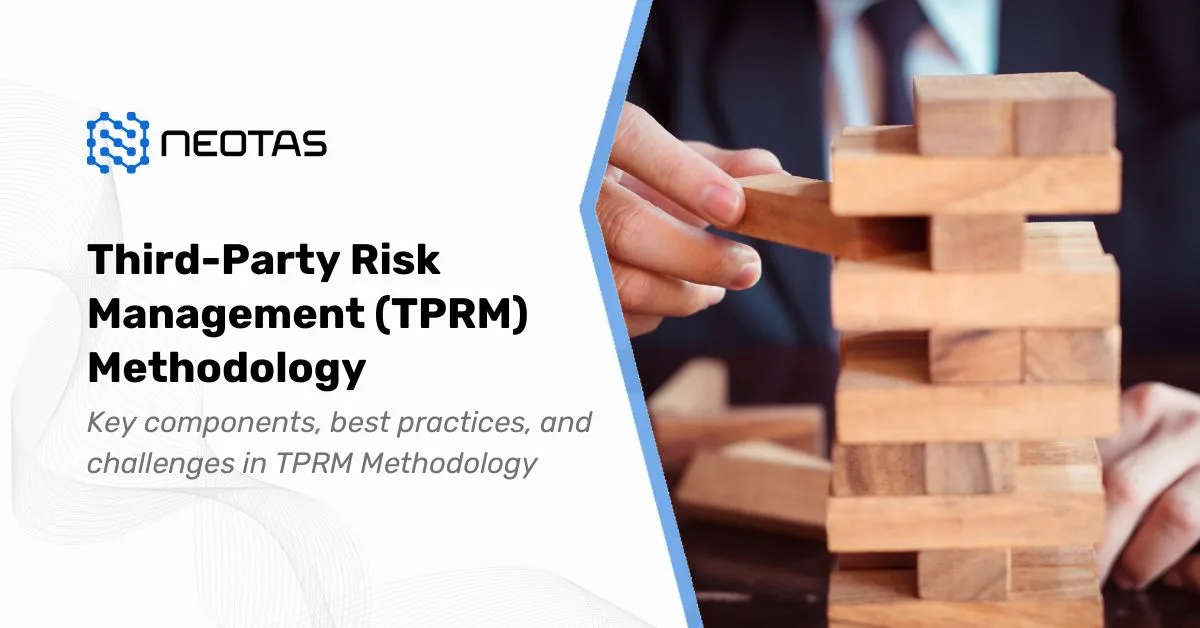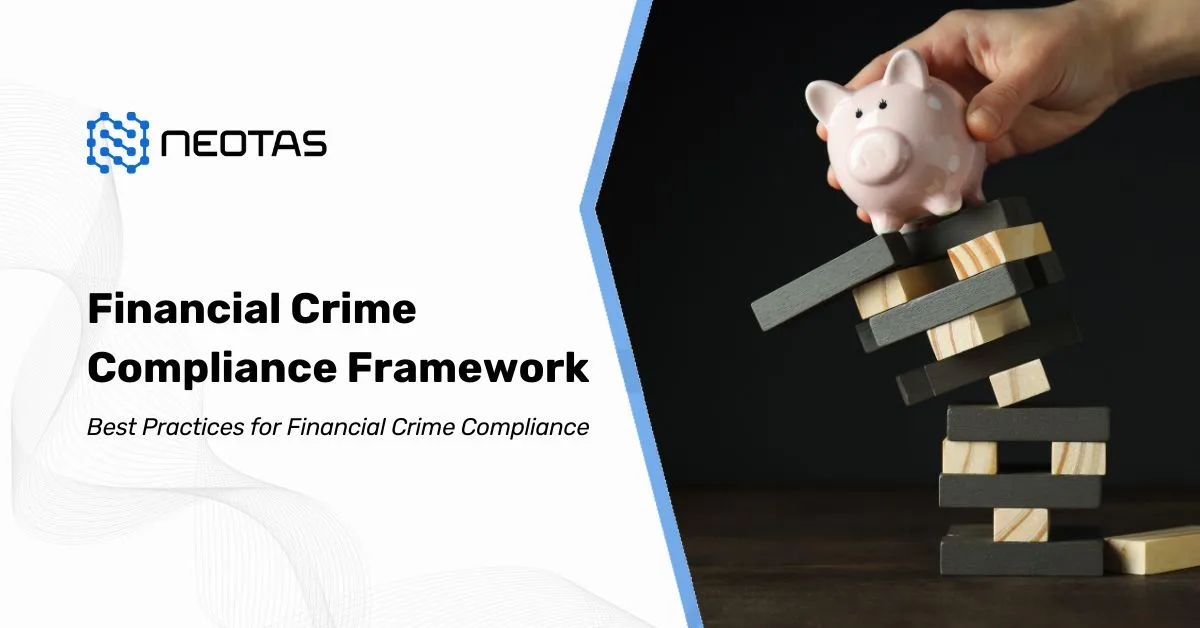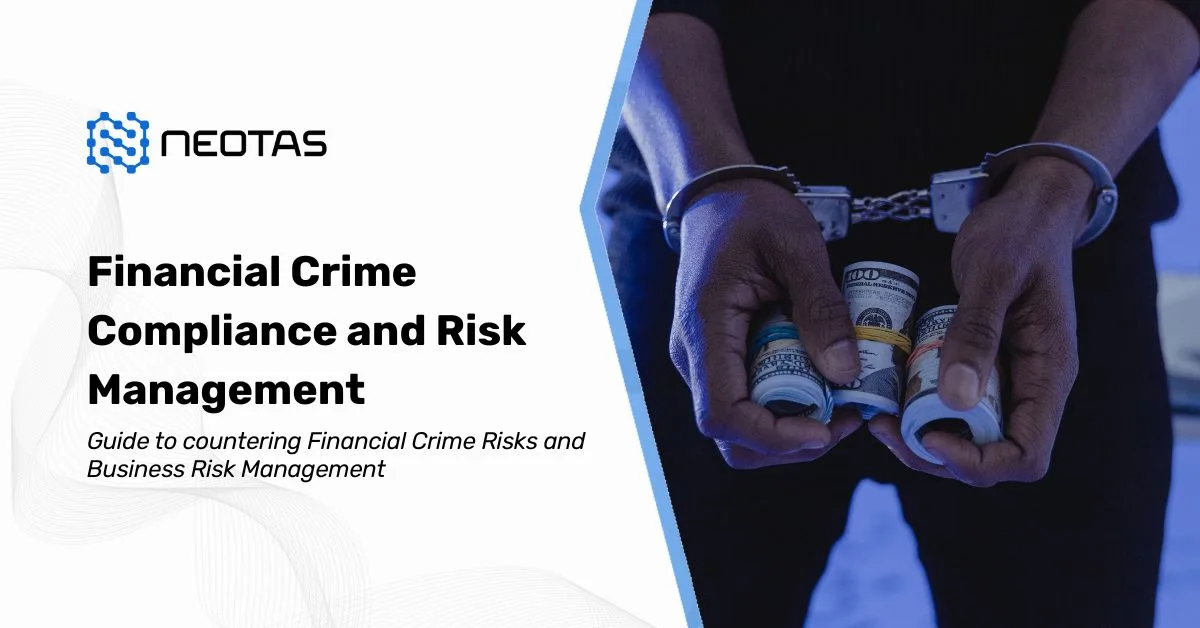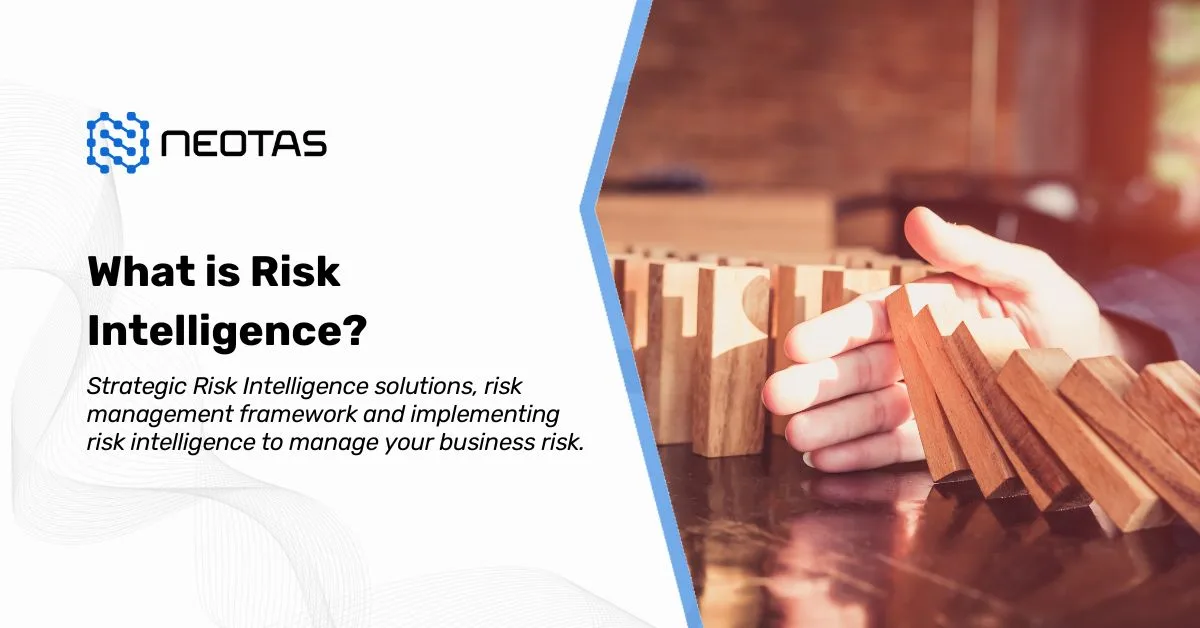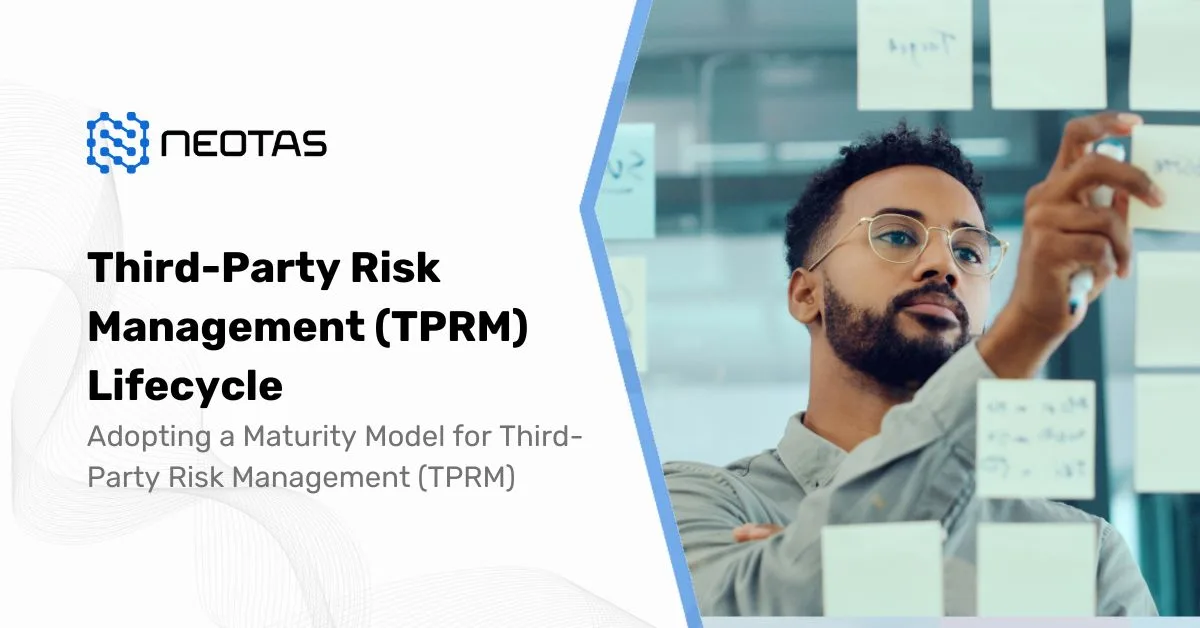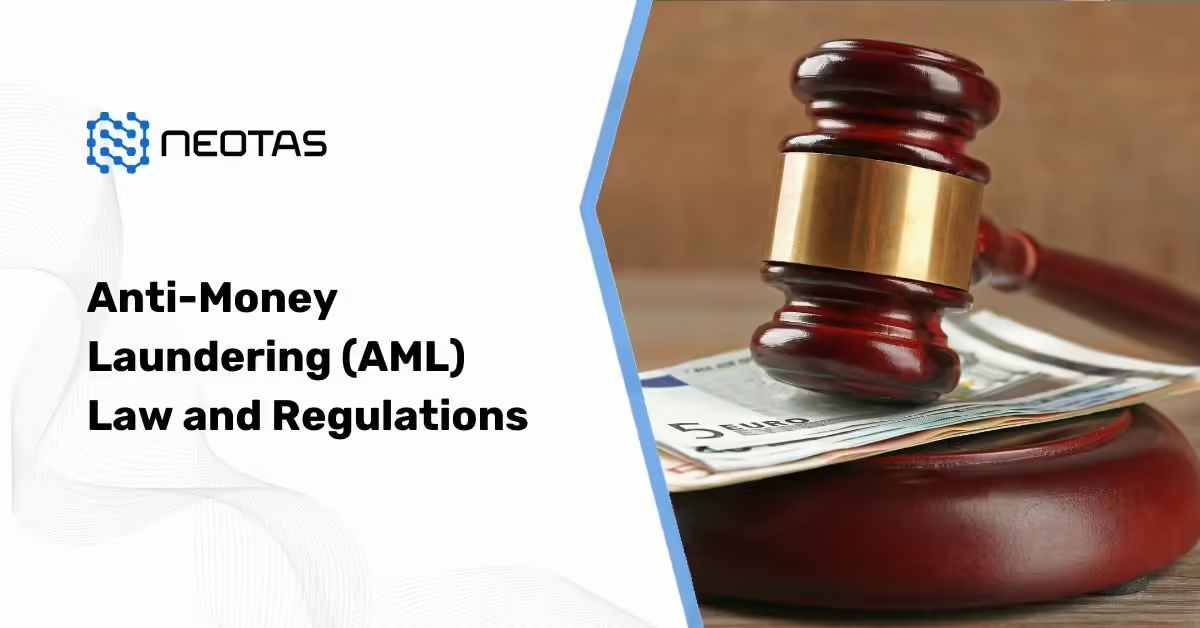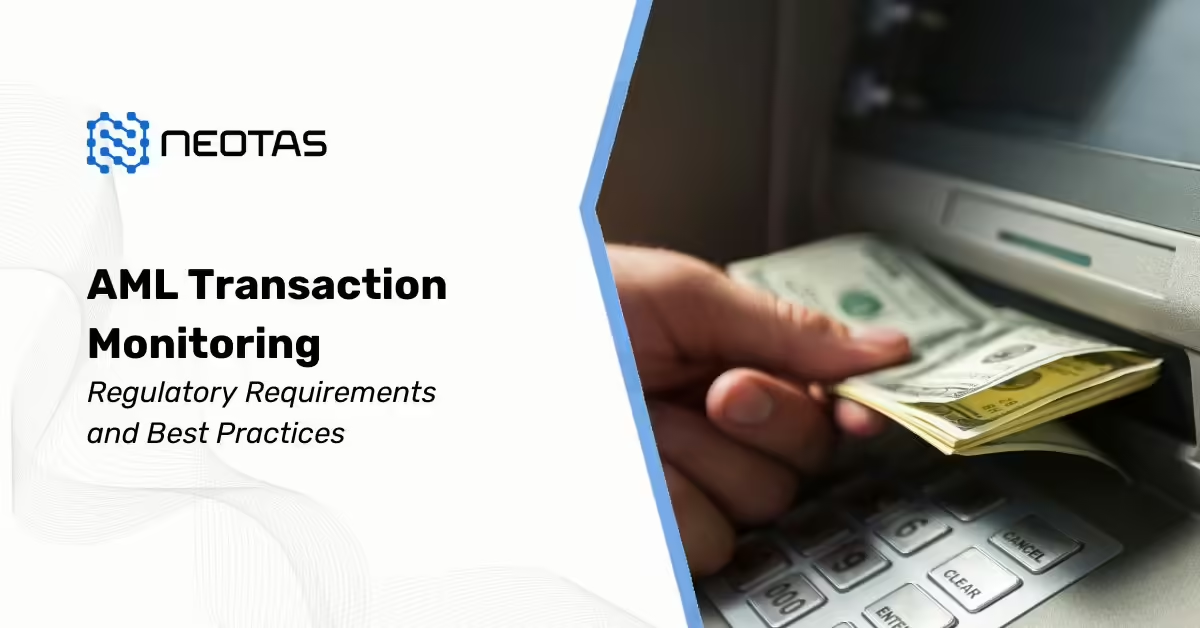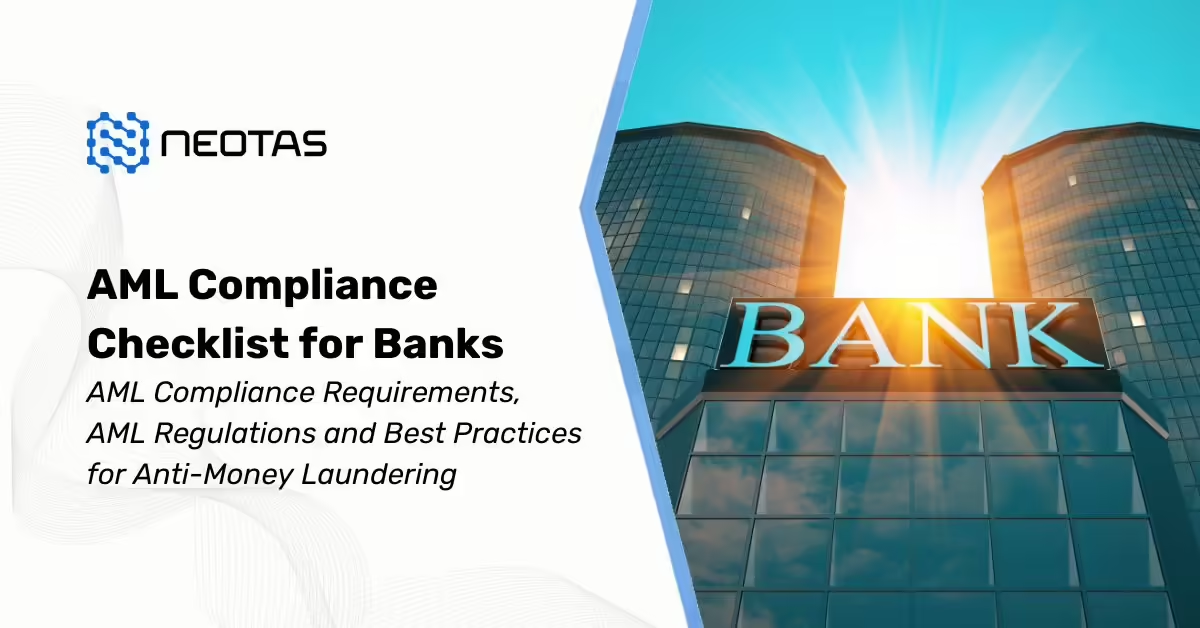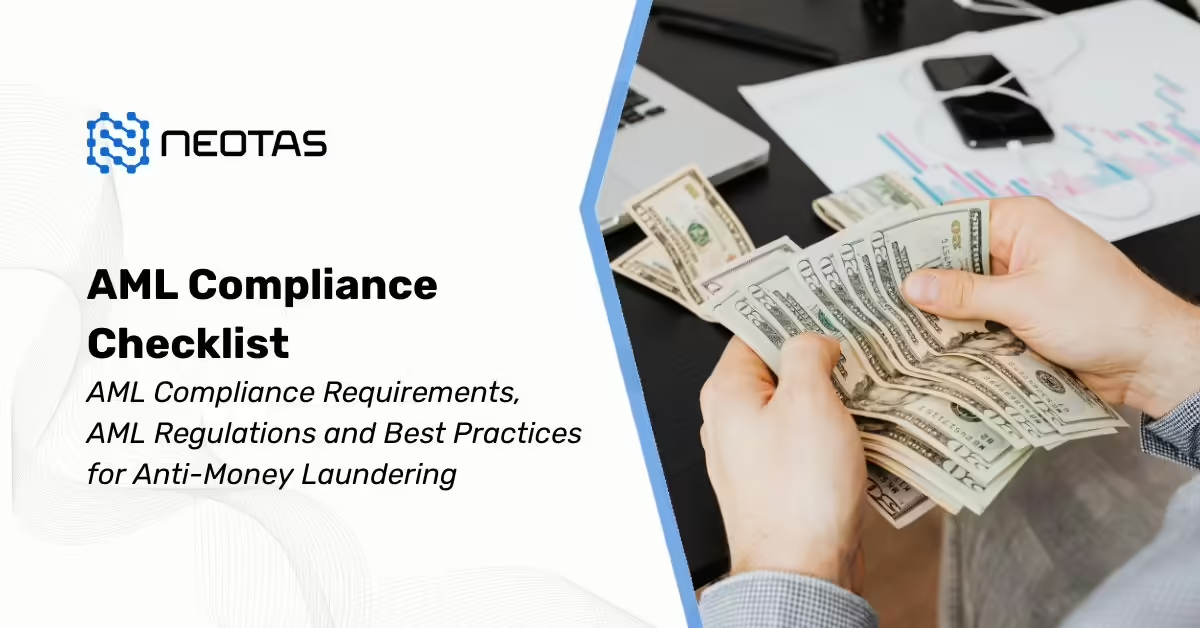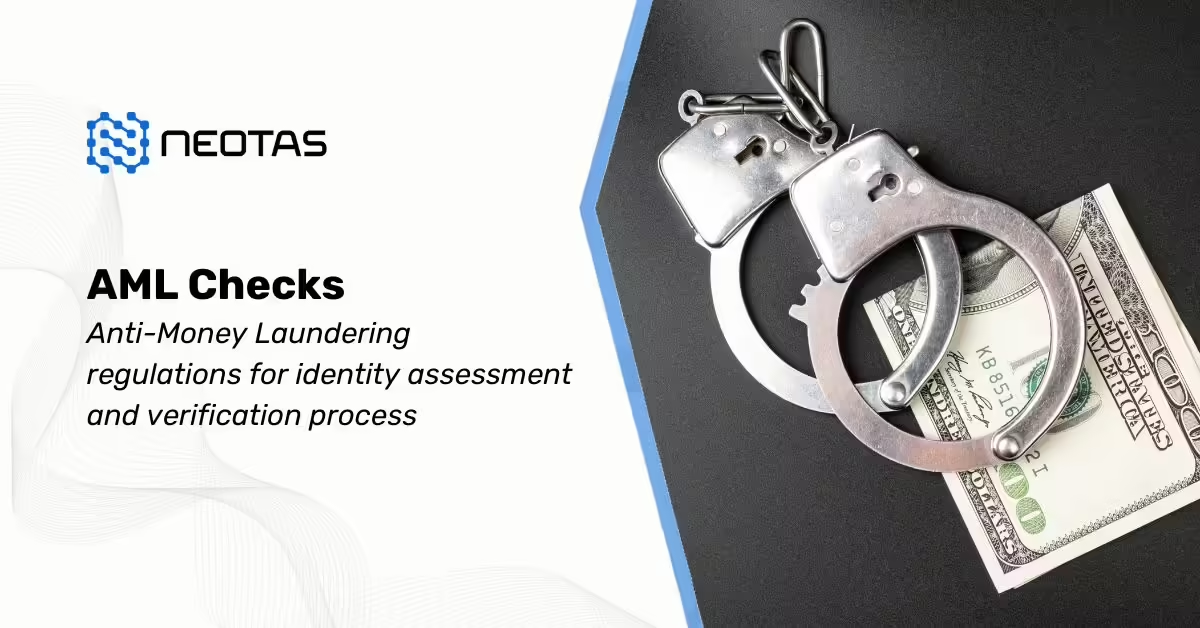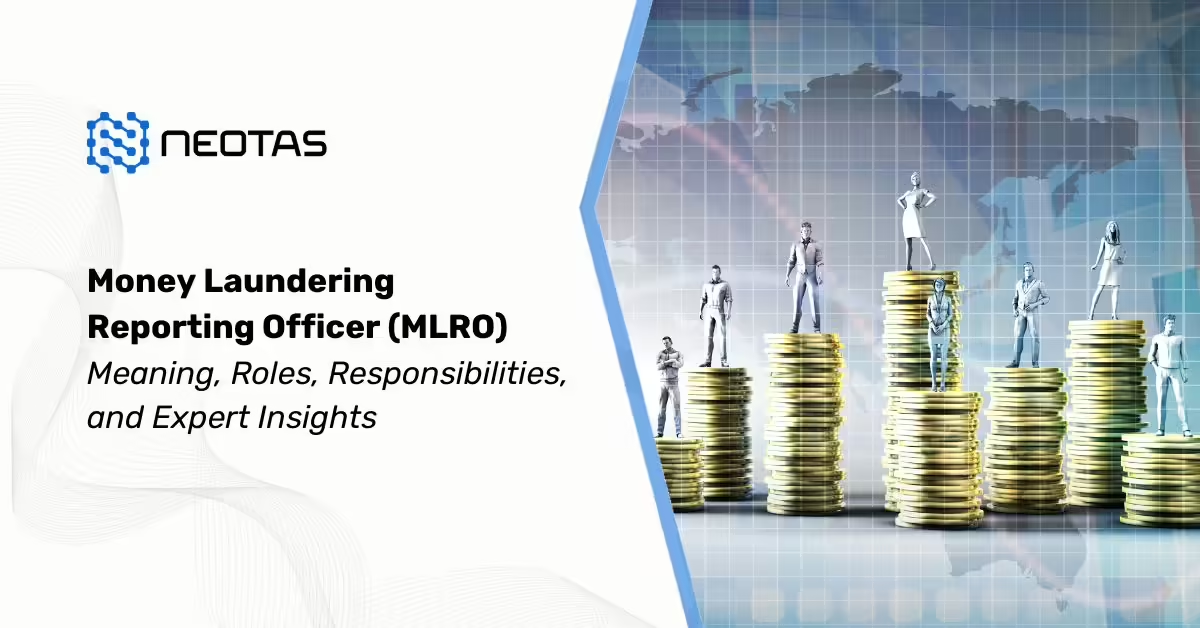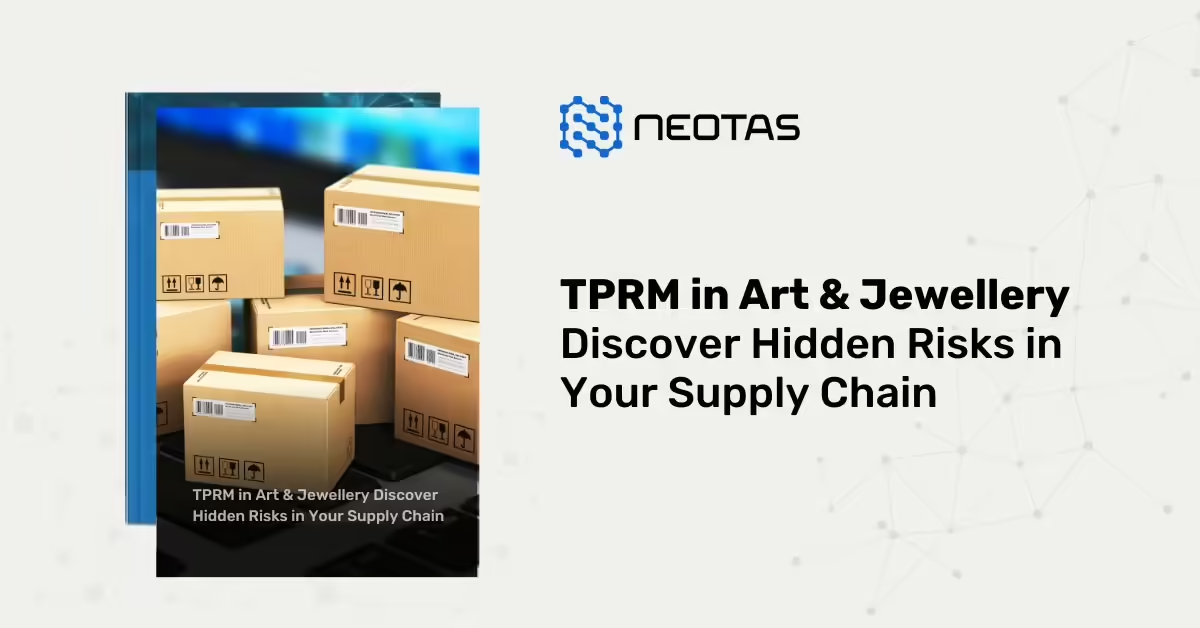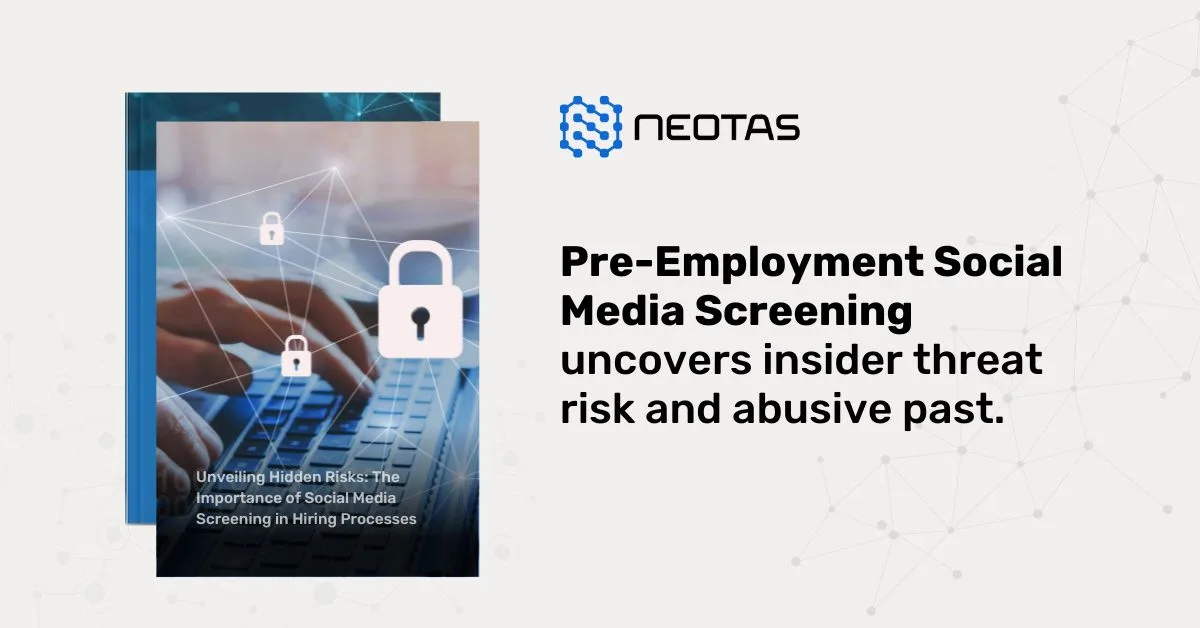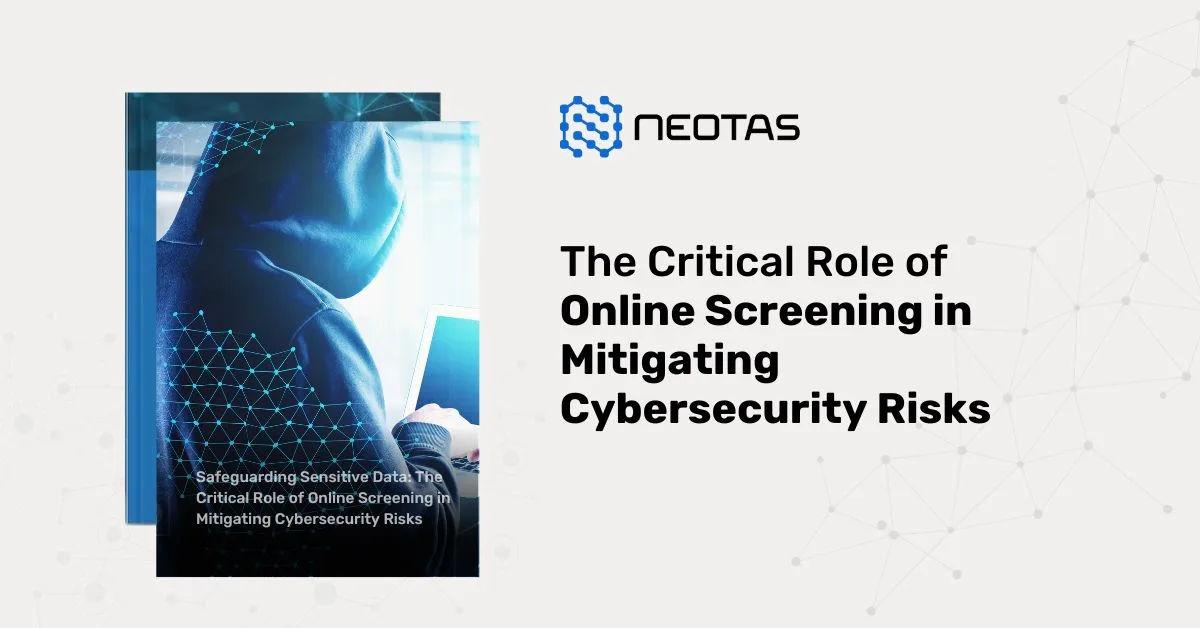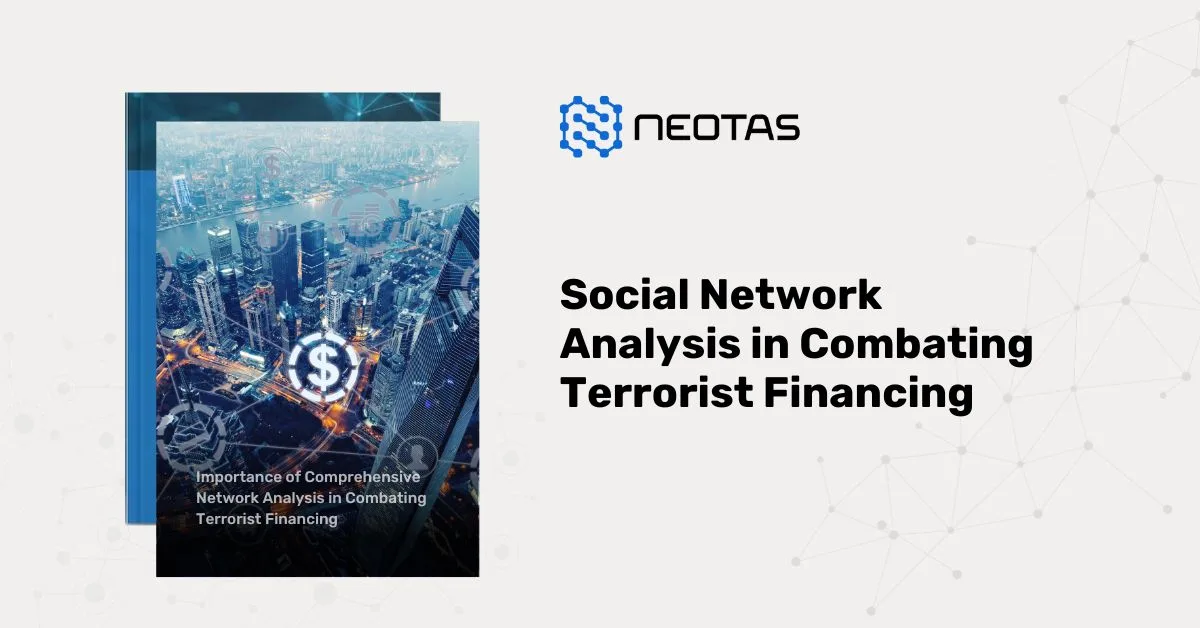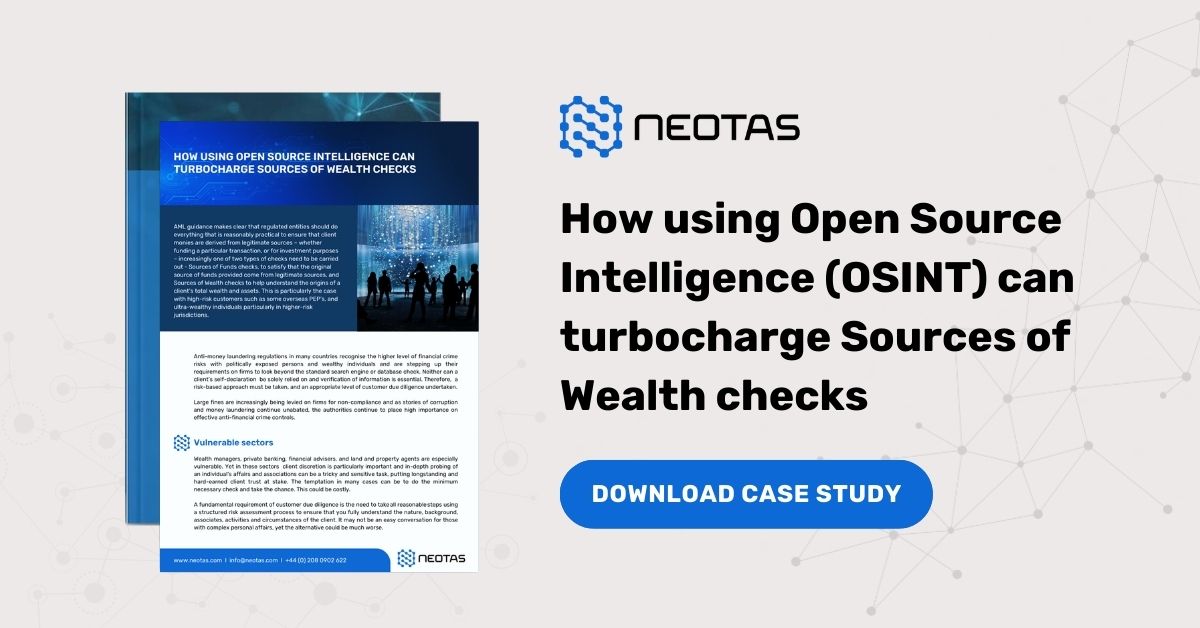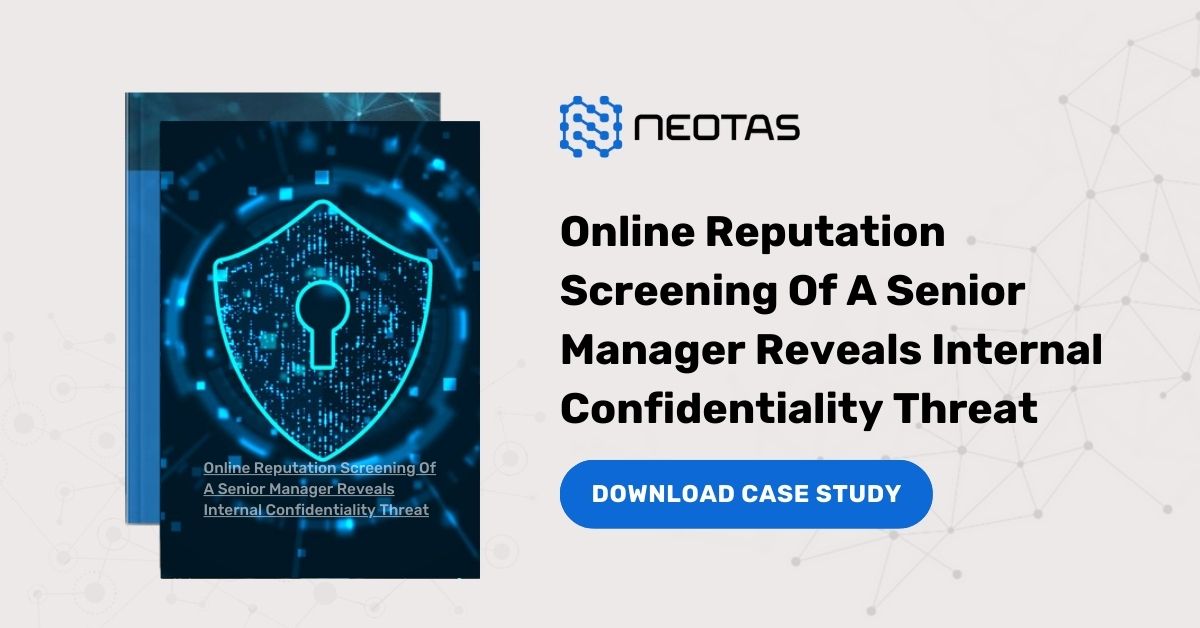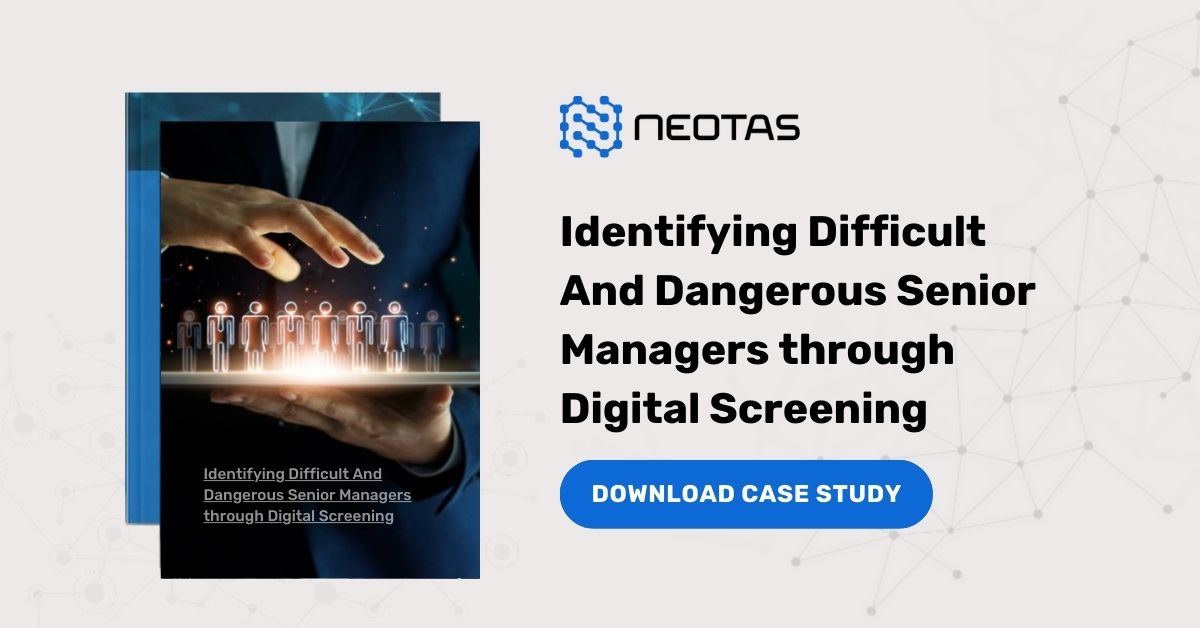Steps Involved in Conducting Enhanced Due Diligence
Conducting enhanced due diligence (EDD) typically involves a comprehensive and multi-faceted process. The specific steps may vary depending on the organization, industry, and the nature of the transaction or relationship being evaluated. However, the following general steps are commonly involved:
Risk Assessment:
- Identify and evaluate the risk factors associated with the client, transaction, or business relationship. This includes assessing factors such as the client’s industry, geographic location, ownership structure, and any potential red flags.
- Determine the appropriate level of EDD required based on the identified risk profile.
Information Gathering:
- Collect comprehensive information about the subject of the EDD, including financial records, ownership structures, management team, and any relevant public records or news reports.
- Verify the accuracy and completeness of the information provided by the client or target company through independent sources.
Background Checks and Investigations:
- Conduct in-depth background checks on the individuals and entities involved, including directors, shareholders, and key personnel.
- Investigate any potential criminal, regulatory, or reputational issues, both at the individual and organizational level.
- Utilize specialized investigative techniques, such as offshore asset searches, litigation checks, and media/social media reviews.
Site Visits and Interviews:
- Conduct on-site visits to the client’s or target company’s facilities to observe operations, interview key personnel, and validate the information provided.
- Engage with the client or target company’s management team to gain a deeper understanding of their business practices, risk management strategies, and overall compliance culture.
Financial and Operational Analysis:
- Perform a comprehensive review and analysis of the client’s or target company’s financial statements, tax filings, and other relevant financial records.
- Assess the company’s financial health, cash flow, profitability, and any potential financial risks or irregularities.
- Evaluate the operational aspects of the business, including supply chain, customer/supplier relationships, and overall business model.
Legal and Regulatory Review:
- Conduct a thorough review of the client’s or target company’s legal and regulatory compliance, including any pending litigation, regulatory investigations, or sanctions.
- Identify any potential legal, regulatory, or compliance risks that may impact the organization.
Risk Mitigation and Reporting:
- Analyze the findings of the EDD process and develop a comprehensive risk assessment and mitigation plan.
- Document the EDD process, findings, and recommendations in a detailed report, which can be used to support decision-making and provide evidence of due diligence.
- Implement ongoing monitoring and review processes to ensure that the risk profile remains current and any changes are promptly identified and addressed.
The depth and scope of each step in the EDD process may vary depending on the specific circumstances and the organization’s risk appetite. However, the overall objective is to gather sufficient information and conduct a thorough analysis to enable informed decision-making and effective risk management.


 Financial Crime Compliance Trends 2024
Financial Crime Compliance Trends 2024